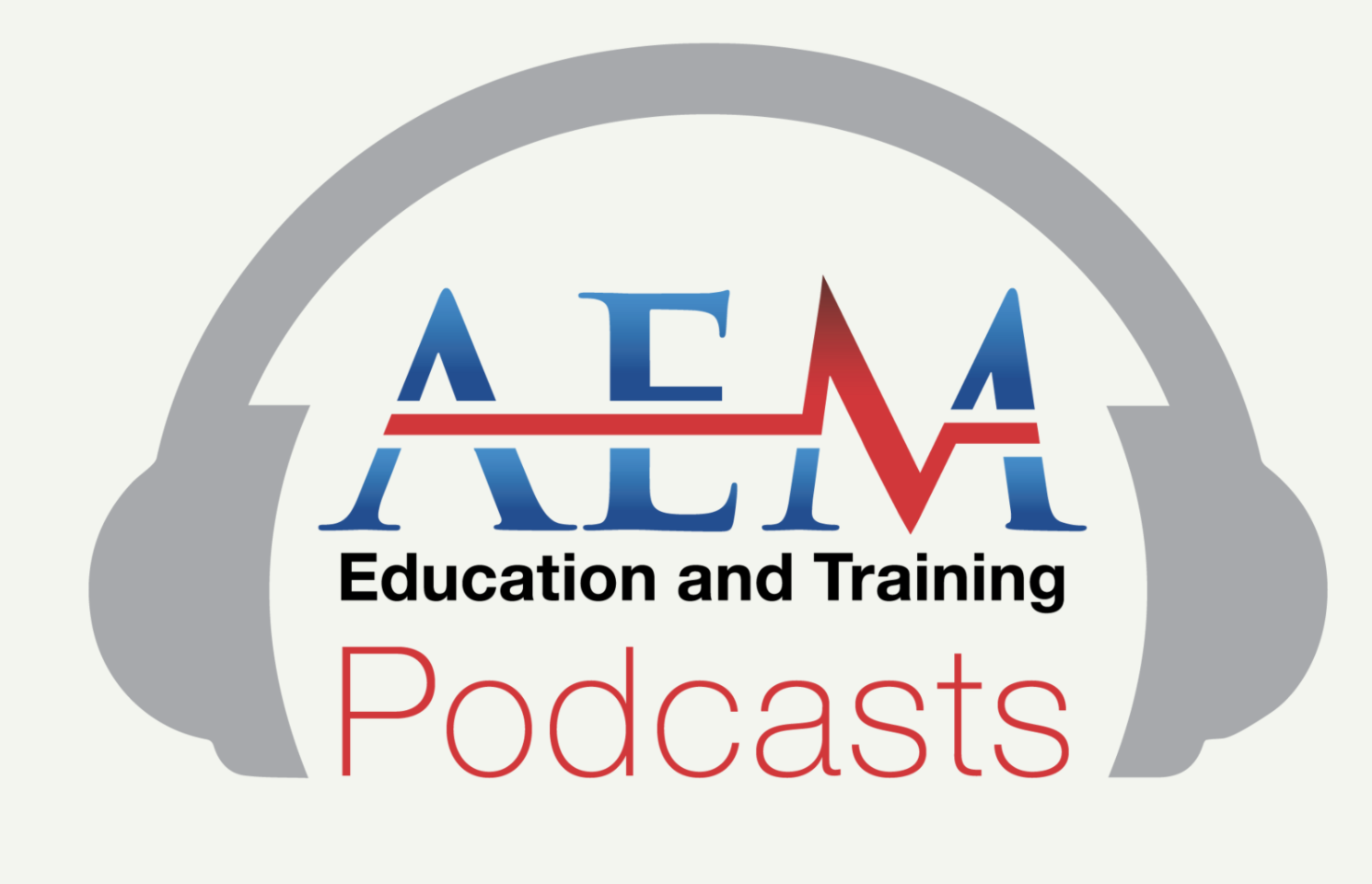AEM Education and Training 35: Moving beyond personal factors: A national study of wellness interventions in emergency medicine residency programs
Welcome to the thirty fifth episode of the AEM Education and Training Podcast, a FOAMed podcast collaboration between the Academic Emergency Medicine Education and Training Journal and Brown Emergency Medicine.
Find this podcast series on iTunes here.
DISCUSSING:
Simiao Li-Sauerwine MD, MSCR, Katie Rebillot DO, Arlene S. Chung MD, MACM, Wendy C. Coates MD, Sneha Shah MD, Lalena M. Yarris MD, MCR
LISTEN NOW: INTERVIEW WITH AUTHOR
Dr. Simiao Li-Sauerwine
Assistant Residency Program Director and Assistant Professor of Emergency Medicine, The Ohio State University
Chief Academic Officer, Academic Life in Emergency Medicine (ALiEM) Education Research Lab and Incubator
Core Mentor, ALiEM Faculty Incubator
Twitter: @theSimiao
Abstract
Background
In 2017, the Accreditation Council for Graduate Medical Education (ACGME) revised its Common Program Requirements to support trainees and faculty by mandating programs to provide dedicated wellness resources and education. Emergency medicine may benefit from this change due to high burnout rates within the specialty. However, the current state of wellness interventions in emergency medicine (EM) residency programs has not yet been well described. Understanding current practices is necessary to assess unmet needs and inform the development and evaluation of future interventions that aim to improve trainee wellness.
Objectives
The goal of this study was to describe currently implemented wellness interventions in EM residency programs.
Methods
This descriptive study surveyed 250 ACGME-accredited EM residency programs between March 1 and June 1, 2020, regarding wellness interventions. The survey included demographic questions; structured multiple-choice questions about cost, frequency, and champions; and free-text response options to briefly describe interventions. Respondents were also asked to classify the interventions according to the seven factors described in the National Academy of Medicine Model of Clinician Well-Being and Resilience.
Results
Ninety of 250 (36% response rate) residency programs participated, describing 162 unique wellness interventions. Respondents classified the majority of interventions (n = 136) as targeting personal factors according to the National Academy of Medicine model. Qualitative analysis revealed five major themes describing the interventions: program culture, program factors, environmental and clinical factors, wellness activities and practices, and wellness resources.
Conclusions
Results of this survey may help to inform a national needs assessment addressing the current state of wellness interventions in EM residency programs. Our results highlight the need for more interventions targeting external factors impacting resident wellness.

